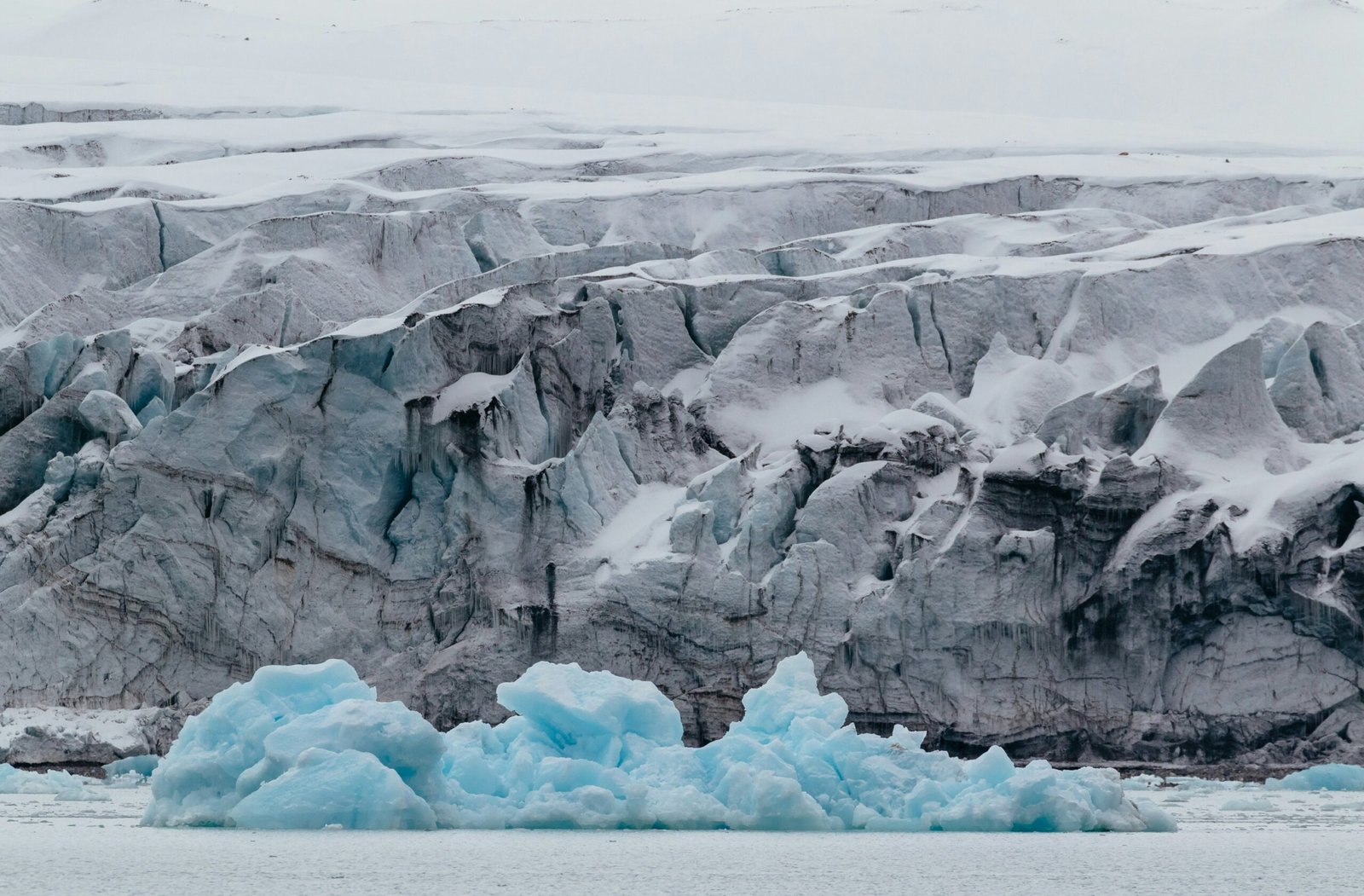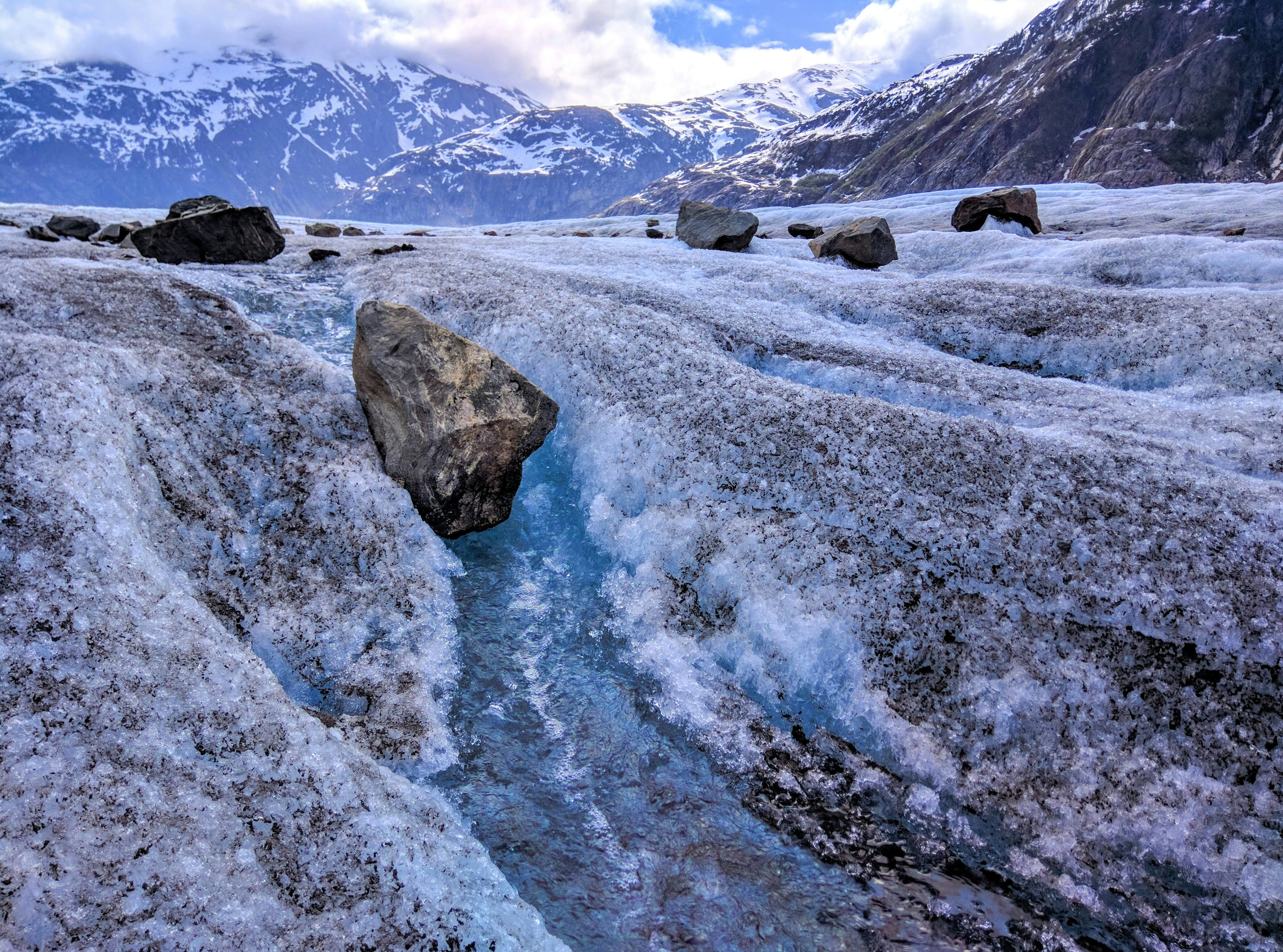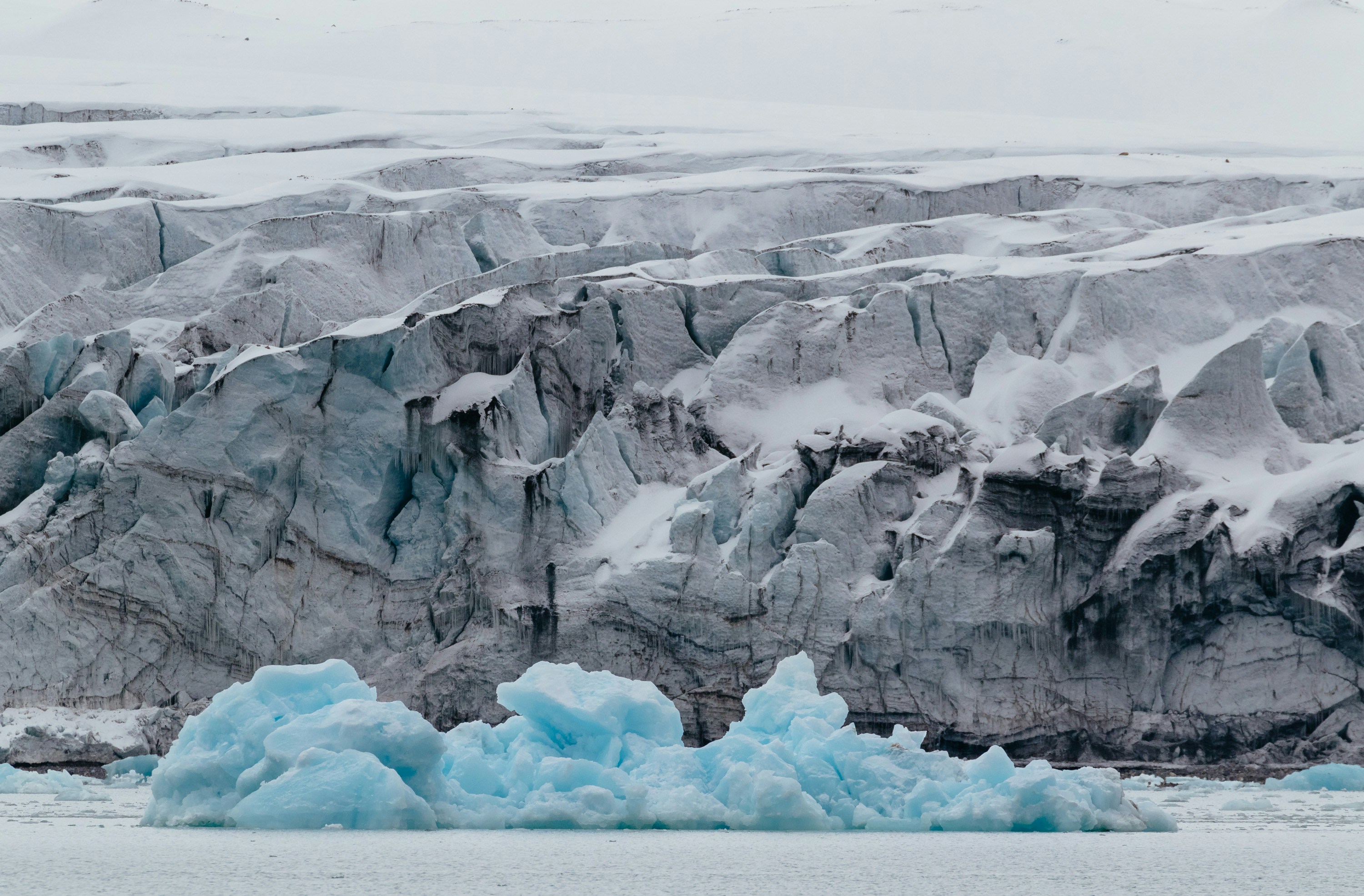Have you ever wondered how regular activities could influence your body’s hormonal balance? Imagine stepping into a tub filled with ice-cold water and feeling your skin prick at the sudden change in temperature. This isn’t just a test of endurance. It’s part of an intriguing practice known as cold plunge therapy—an activity that’s gradually being recognized for its potential health benefits, particularly concerning hormonal health.
Understanding Cold Plunge Therapy
Cold plunge therapy involves immersing oneself in cold or ice-chilled water to stimulate the body’s natural responses. Practiced for centuries, this therapy is built on the premise that exposing the body to extreme cold can initiate a series of physiological processes. You might be curious, why would anyone willingly turn themselves into a human popsicle? The answer lies in the significant health benefits, particularly concerning your hormones.
History and Popularity of Cold Plunge Therapy
The concept of using cold water for therapeutic benefits is not a modern invention. Historical evidence suggests that ancient Greeks, Roman bathhouses, and even indigenous cultures across the globe indulged in cold water treatments for revitalization and medicinal purposes. In recent years, with the rise of wellness enthusiasts and athletes swearing by its rejuvenating effects, the popularity of cold plunge therapy has surged. You can find professional-grade plunge tubs in wellness centers or DIY versions in backyards.
The Science Behind Cold Plunge Therapy
Getting into cold water signals your body to switch into a survival mode: a rush of adrenaline, increased heart rate, and rapid circulation ensue. As your body works to maintain homeostasis—or balance—it engages your cardiovascular system and boosts your metabolism. Science reveals that these changes could potentially lead to a cascade of hormonal benefits. But what exactly are those hormones and how does cold therapy play a role?
Hormonal Health: The Building Blocks
To appreciate how cold plunge therapy influences your hormonal health, it’s essential to have a basic understanding of what hormones are and their role in your body. Hormones are chemical messengers produced by glands in your endocrine system. They travel through your bloodstream to tissues or organs, acting like the conductor in a symphony to orchestrate bodily functions ranging from mood and metabolism to tissue function and libido.
Key Hormones Affected by Cold Plunge Therapy
Several hormones are particularly responsive to cold plunge therapy. Let’s explore them:
-
Adrenaline (Epinephrine): Cold exposure triggers a fight-or-flight response, prompting your adrenal glands to release adrenaline. This hormone increases heart rate, boosts energy supplies, and heightens awareness.
-
Norepinephrine: With a similar response mechanism to adrenaline, norepinephrine levels are enhanced, which plays a critical role in improving alertness and vigilance.
-
Cortisol: Known as the stress hormone, cortisol regulation is crucial. Cold plunging might help keep cortisol levels balanced, potentially mitigating stress and its associated health impacts.
-
Endorphins: Often referred to as ‘feel-good’ hormones, endorphins see a surge post-cold water immersion. As they work to alleviate pain and regulate mood, the resultant euphoria could be akin to a runner’s high.
-
Testosterone and Estrogen: There’s emerging evidence suggesting that cold exposure influences these sex hormones, potentially optimizing reproductive and sexual health.
How Cold Plunge Therapy Supports Hormonal Health
Now that you know which hormones are affected, let’s delve deeper into how cold plunge therapy can bolster hormonal health. By understanding the chain reactions triggered by cold immersion, you can appreciate its potential as a natural health intervention.
Boosting Adrenaline and Norepinephrine for Enhanced Alertness
Cold plunge therapy causes an immediate increase in adrenaline and norepinephrine. This not only enhances your physical energy but also sharpens mental clarity and focus. For those mornings when caffeine doesn’t seem enough, a cold dive could act as your natural boost, keeping you alert and ready to face the world.
Regulating Cortisol for Stress Management
Modern life is filled with cortisol spikes due to ongoing stress. Cold exposure, however, can help modulate cortisol levels. Regular cold water immersion may lead to better cortisol regulation, helping to reduce stress and anxiety, and improving your overall sense of well-being.
Elevating Endorphins for Emotional Equilibrium
After cold immersion, a rush of endorphins can leave you feeling refreshed and positive. These mood elevators are essential in combatting feelings of depression and anxiety. So when the world feels a bit too heavy, a cold plunge might just be the uplifting experience your endocrine system needs.
Optimizing Testosterone and Estrogen for Sexual Health
While research is still ongoing, cold immersion has shown promise in balancing sex hormones like testosterone and estrogen. This could lead to improved libido, better reproductive health, and increased vitality. For both men and women seeking a natural way to potentially enhance their sexual health, cold plunge therapy offers a promising avenue.
Practical Guidelines for Cold Plunge Therapy
Embarking on a cold plunge adventure can seem daunting, and just diving headfirst without guidance might not be the best approach. Here are some practical tips to get you started on your chilly journey to better hormonal health:
Start Gradually
If you’re new to cold therapy, it’s wise to begin with shorter durations and gradually increase your tolerance. Start with cool showers and progressively make your way to ice baths. Your body needs time to adjust to the cold without shocking your system.
Monitor Temperature and Duration
The ideal water temperature for a cold plunge is typically between 50-59°F (around 10-15°C). Initially aim for 1-2 minutes, gradually extending the time as you become more comfortable. Always listen to your body; everyone’s cold tolerance varies.
Consistency is Key
Just like any other health regimen, consistency is pivotal in reaping the full benefits of cold plunge therapy. Aim for regular sessions several times a week. This frequent exposure helps your body to adapt and respond more efficiently over time.
Safety Precautions
Be mindful of your health status before beginning cold plunge therapy. If you have conditions like cardiovascular issues or hypersensitivity to cold, consult with a healthcare professional. Cold exposure should invigorate, not endanger, and it’s important to prioritize your safety.
Challenges and Myths Surrounding Cold Plunge Therapy
Stepping into the world of cold plunge therapy you may encounter various challenges and myths. Here’s a quick overview to help clear the fog.
Facing the Initial Shock and Discomfort
The first dunk into cold water is often characterized by sharp breaths and a racing heart. This initial reaction can be intimidating. Overcoming this takes patience and mental resilience. Over time, the practice becomes more enjoyable, and the body learns to cope with the initial shock more efficiently.
Debunking Common Myths
Some myths might suggest that cold plunge therapy could lead to ailments like colds or flu. In reality, regular cold exposure, when practiced properly, strengthens your immune response rather than weakens it. While some may view it as a fad, the physiological benefits are supported by historical usage and growing research.
Personal Preferences and Psychological Barriers
Cold immersion is not universally loved. Some approaches might be better suited to individuals’ preferences and tolerance levels. Understanding that personal acclimatization is key will help you make informed choices rather than focusing on myths or hearsay.
Comparing Cold Therapy to Other Hormonal Health Strategies
Certainly, cold plunge therapy isn’t a one-size-fits-all approach. In comparison to other methods aimed at improving hormonal health, such as medication, diet, or exercise, cold therapy provides a unique, often complementary intervention.
| Method | Pros | Cons |
|---|---|---|
| Cold Plunge | Natural, boosts alertness, stress reliever | Initial discomfort, requires consistency |
| Medication | Targeted, physician-guided | Potential side effects, sometimes expensive |
| Diet | Sustainable, holistic approach | Requires careful planning and discipline |
| Exercise | Enhances mood, promotes overall health | Needs time and dedication regularly |
Embracing a combination of approaches might offer the most comprehensive benefits for hormonal health. By marrying cold therapy with lifestyle changes, you can capitalize on a toolkit geared toward balance and vitality.

Conclusion
Cold plunge therapy presents a fascinating intersection of ancient wisdom and modern science. By understanding the positive impact of cold immersion on hormones, you stand to gain remarkable insights into maintaining a balance that supports your overall health and well-being. From adrenal boosts and endorphin rushes to cortisol regulation, cold therapy offers a promising route. As with any health practice, you should proceed mindfully, balancing consistency with safety. Whether as a stand-alone treatment or an accompaniment to other strategies, the art of the cold plunge harbors potential in enhancing your hormonal health in an invigorating and refreshing manner.
Could immersing yourself in the icy embrace of cold plunge therapy be the key to hormonal harmony? There’s only one way to find out—prepare yourself to get a little cold and start your journey toward a more balanced you.




